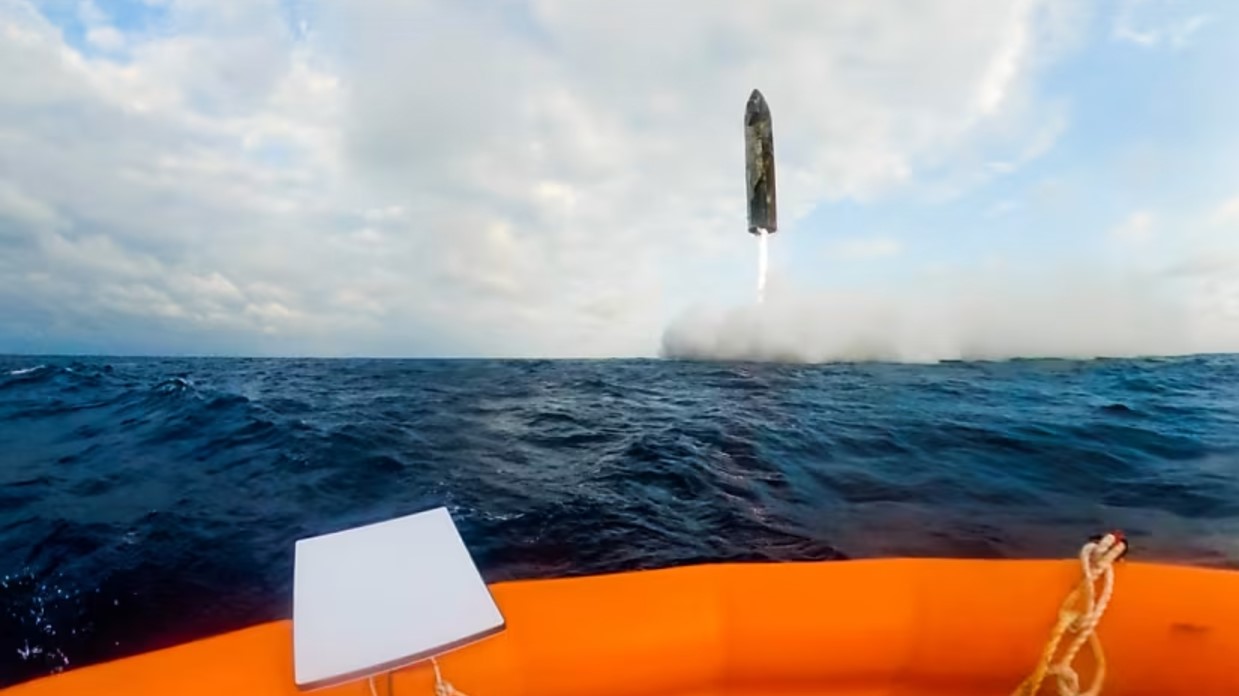With cubesat kits now generally available for Universities and Companies to build for affordable prices (tens of thousands rather than tens of millions of dollars), 10 cm wide cubesats and their muli-unit sisters now dominate the 1-10kg nanosat class of satellites. Nevertheless, some think that even these small satellites can be reduced in size and cost. The 0.25kg PocketQube picosat bus design has been developed by spacecraft expert Professor Bob Twiggs in the form of 5cm cube.
Tom Walkinshaw, founder of PocketQube Shop and of the Glasgow-based Alba Orbital, which markets components for the PocketQube satellites using Kickstarter crowdsourced funding said “We feel PocketQubes have huge potential to significantly lower the barriers to student and researchers getting access to Space. We really need people to support this project if this potential is to be realised.”
A PocketQube spacecraft called WREN has been built by German firm StaKoDo UG. The spacecraft is testing 4 pulsed plasma thrusters, 3 axis reaction wheel and a colour camera.
Four PocketQubes including WREN will be launched aboard a Dnepr 1A multi-satellite rocket launch on 21st November from the Yasniy-Dombarovskiy launch site in Russia. The three other PocketQube spacecraft being launched are two US student satellites, Eagle-1 (Beakersat-1) and QubeScout-S, built by Morehead State University and University of Maryland respectively, and the Eagle-2 (50-Dollarsat) built by ham radio enthusiasts.






